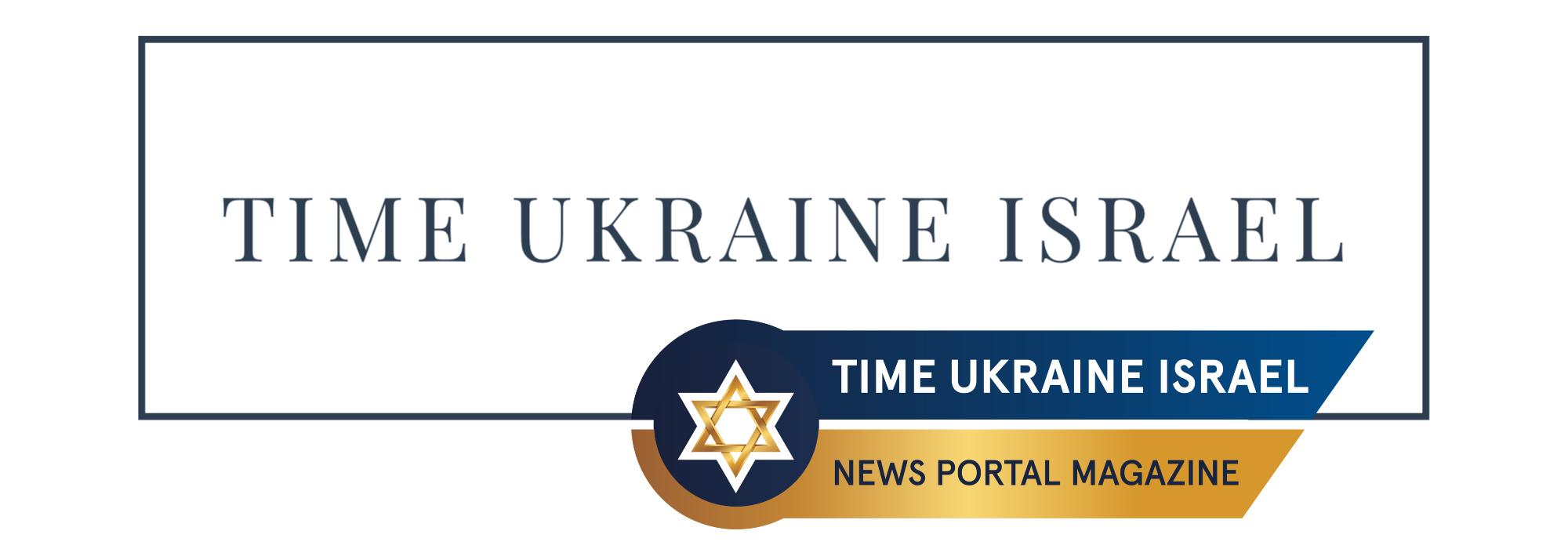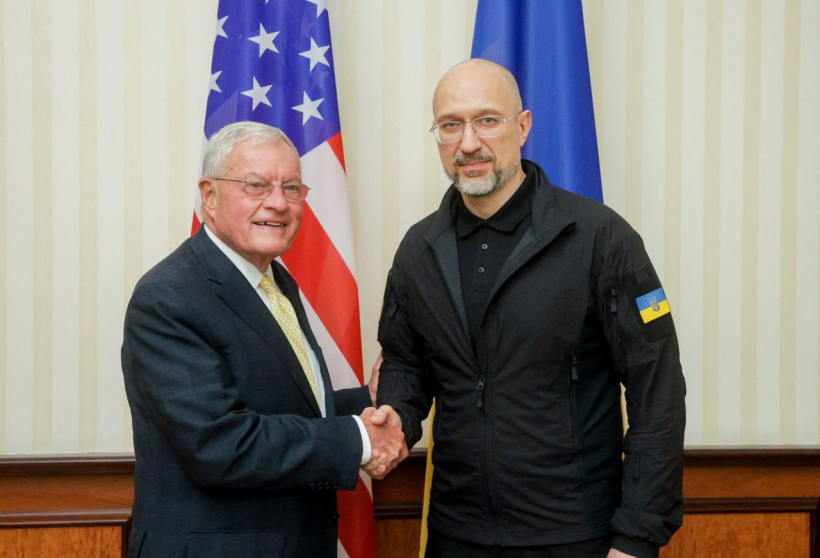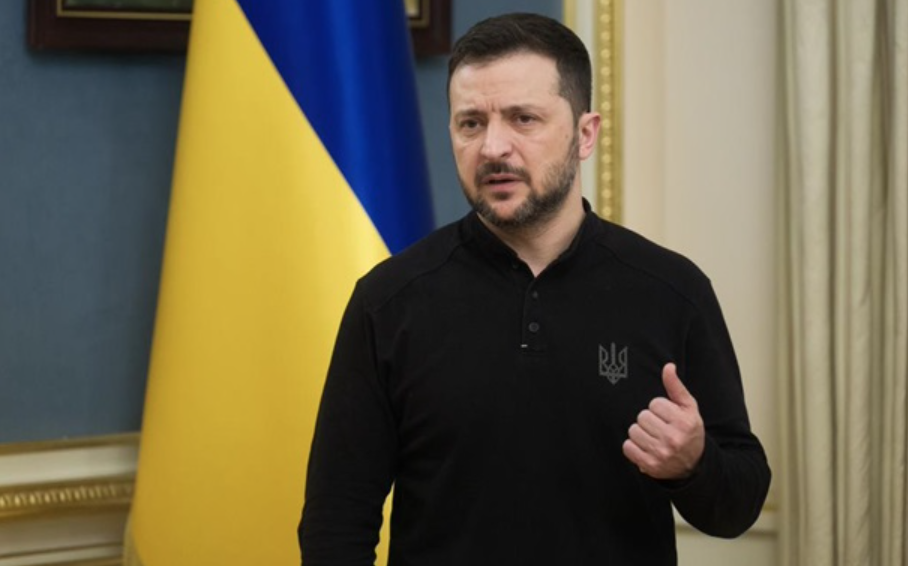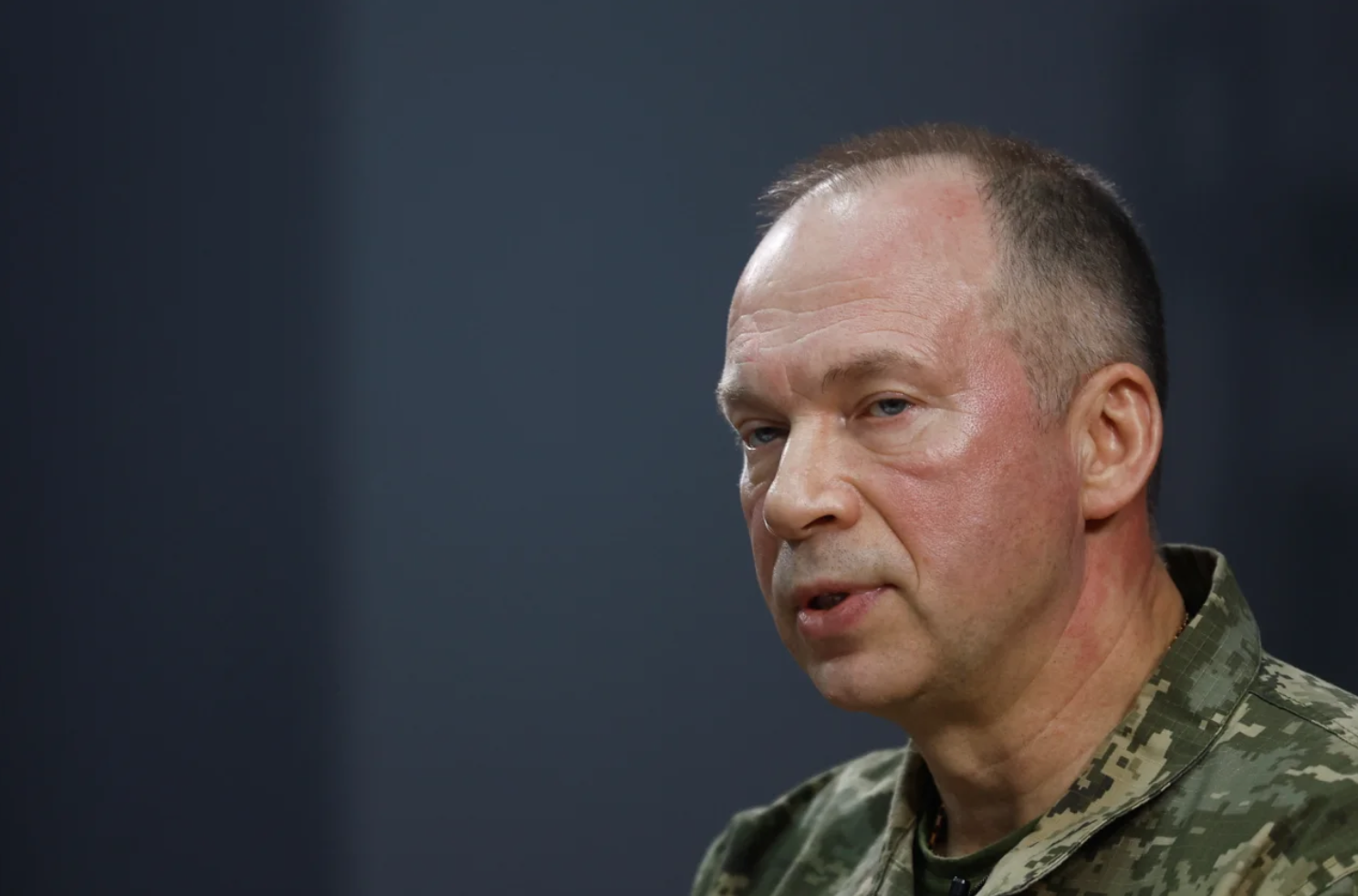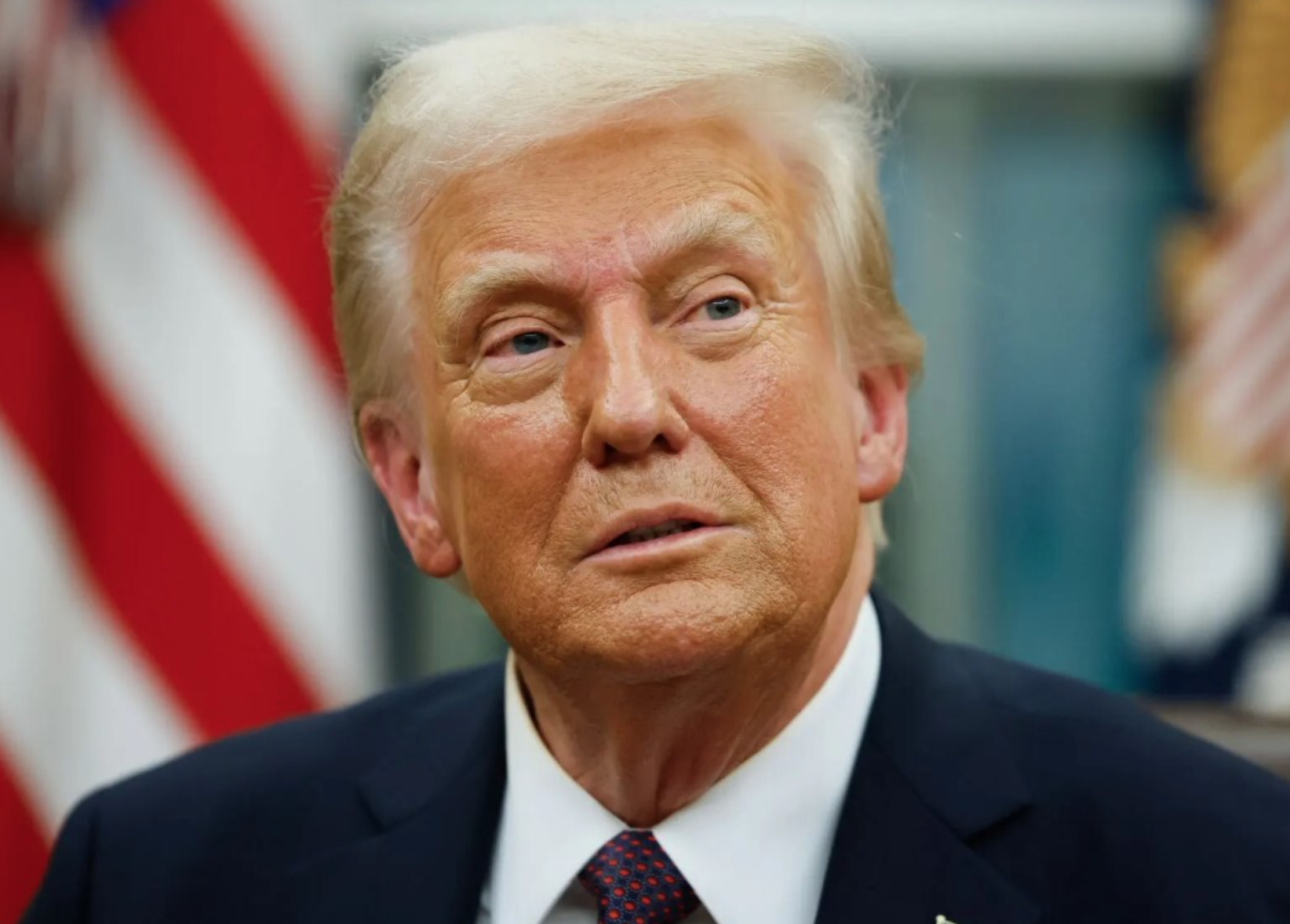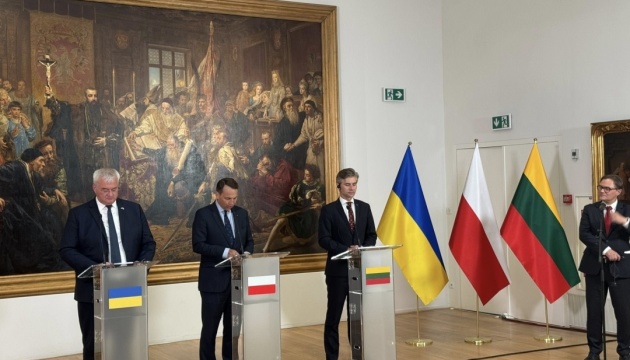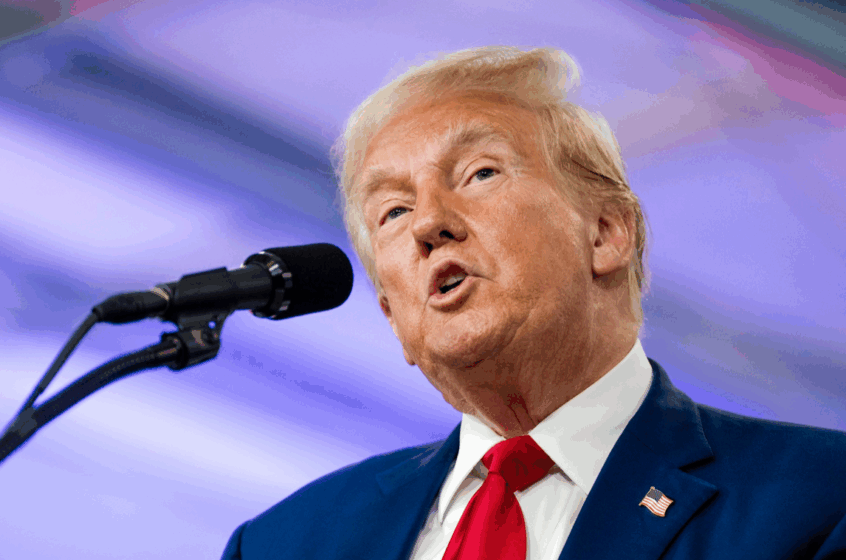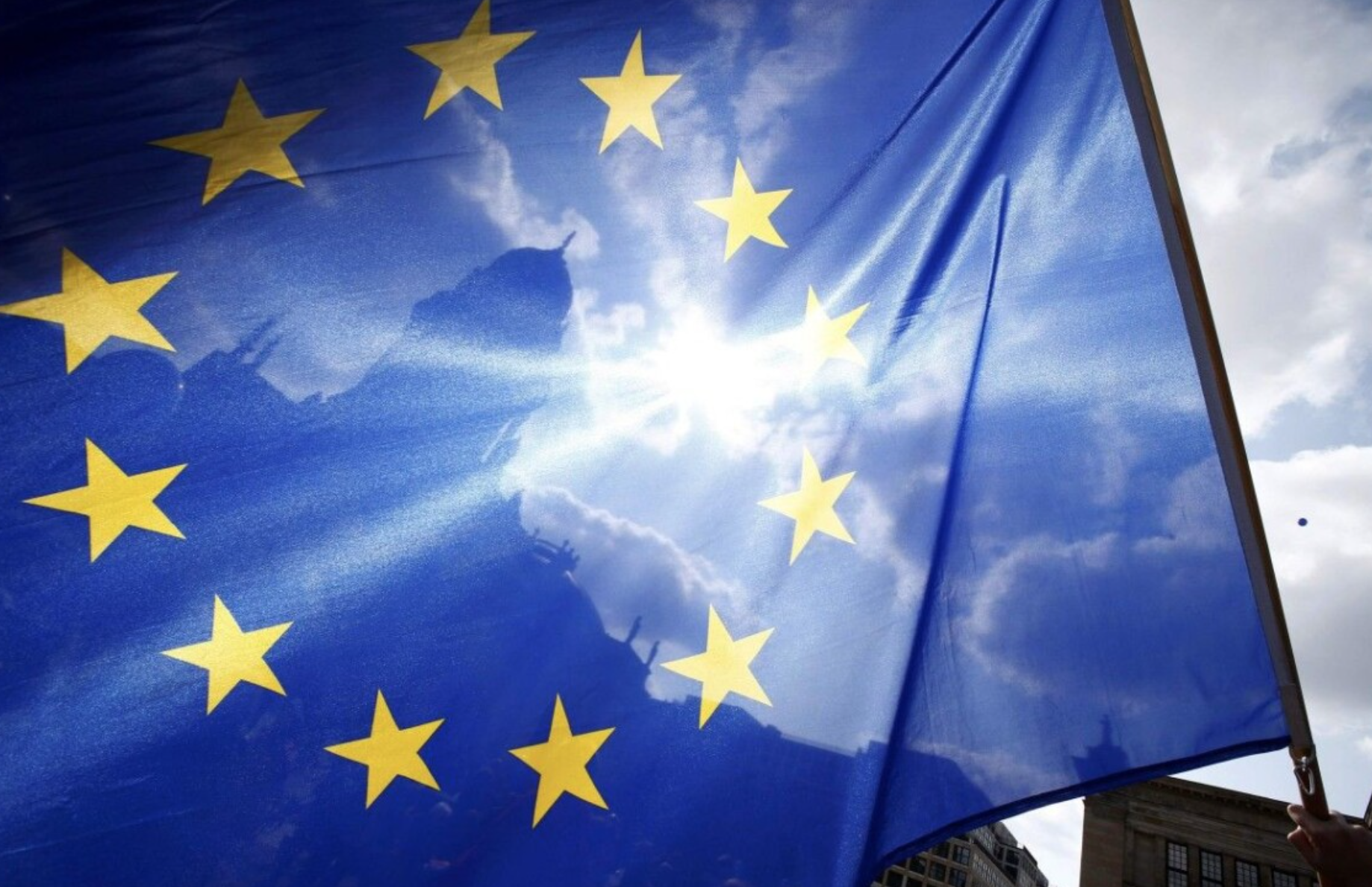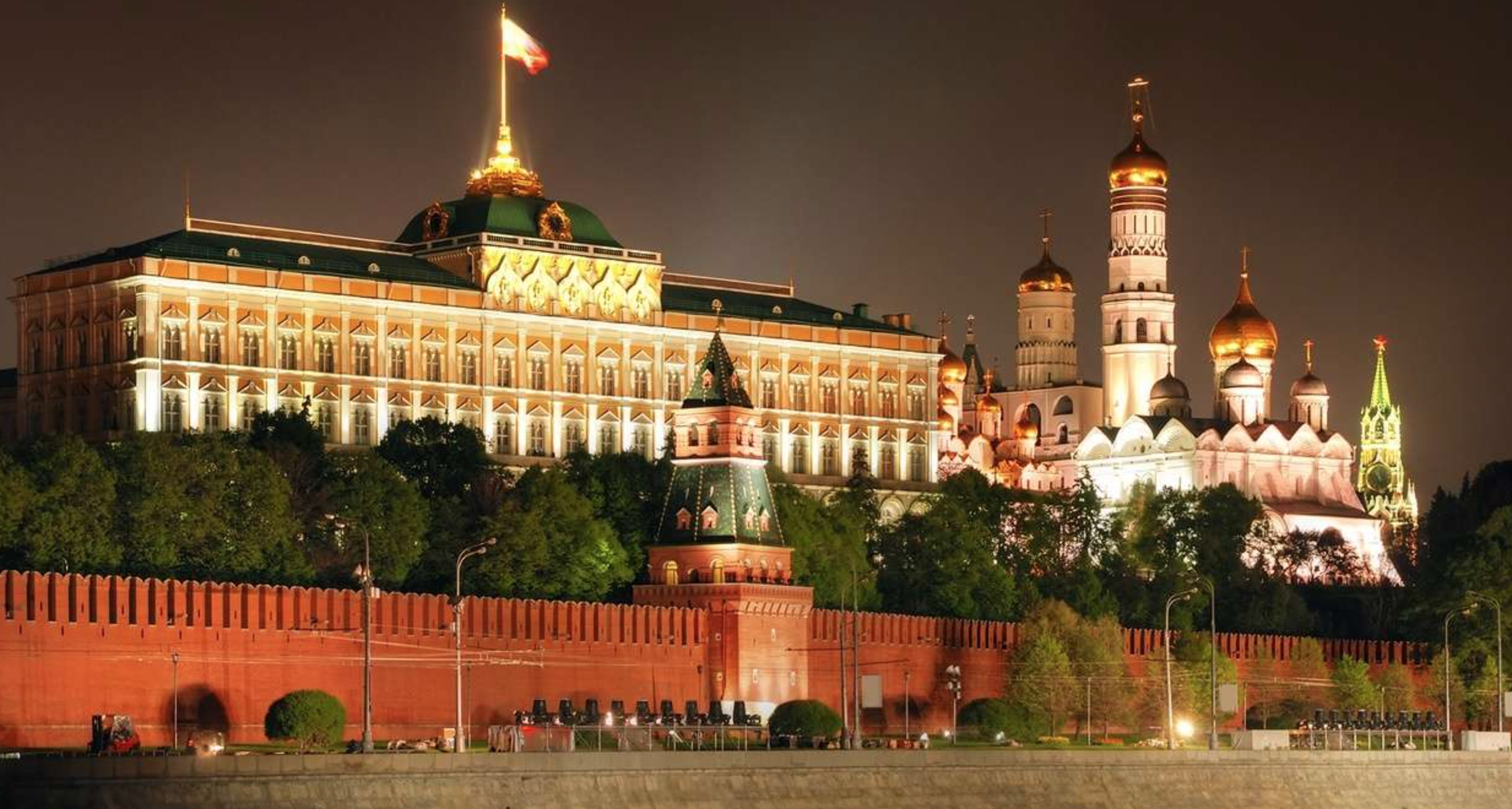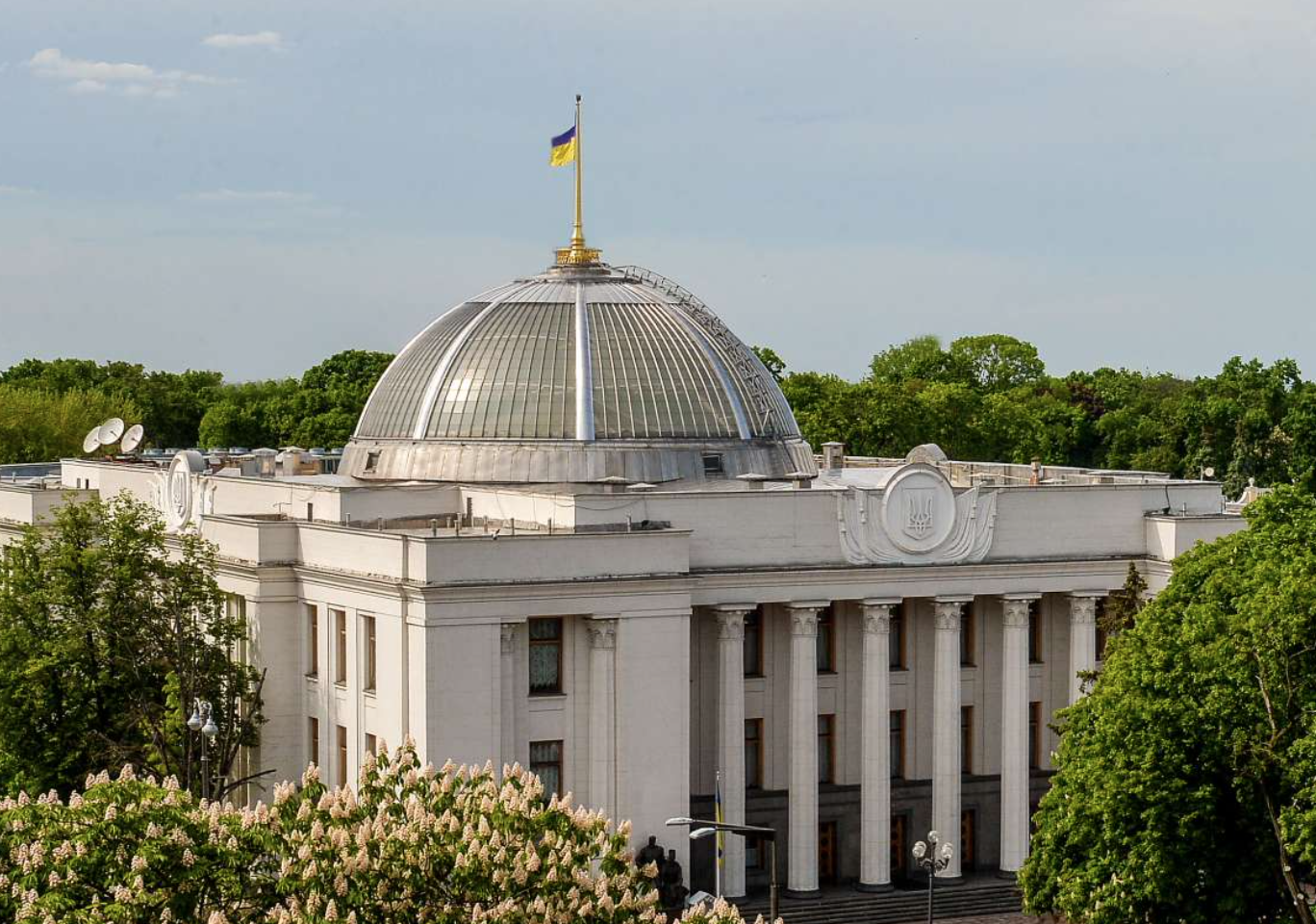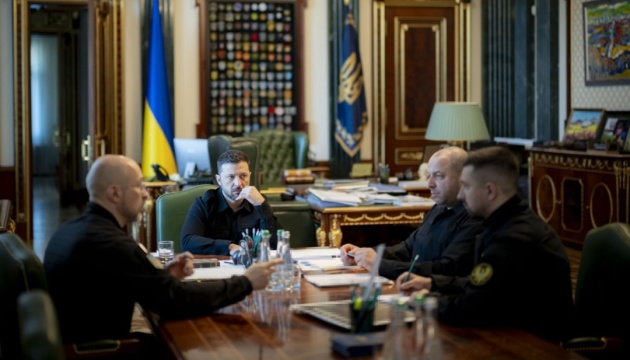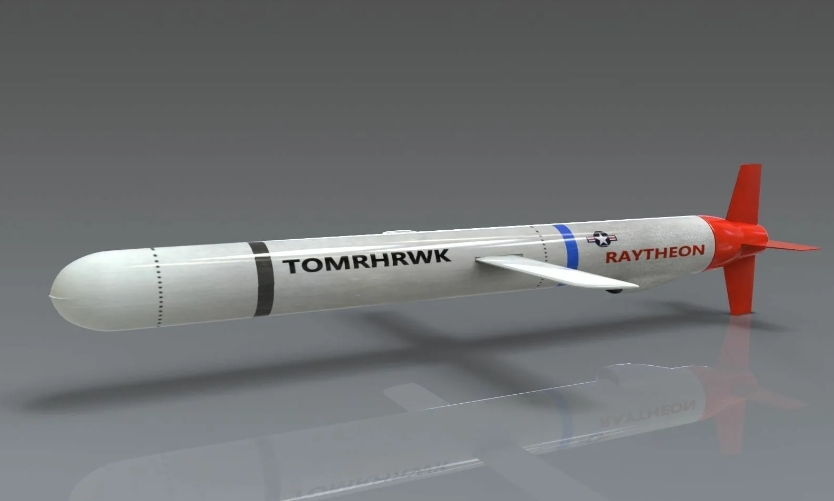Katya Soldak, director of international publications at Forbes Media, criticised The New York Times for a report by journalist Nanna Heitmann from Russia’s Kursk region, which failed to provide the proper context for Russia’s involvement in the war and war crimes against Ukraine.
In a commentary to Ukrinform from New York, Soldak noted that a publication that gives the floor to representatives of occupation or repressive structures without critical analysis does not carry informative value, but “becomes a tool of propaganda”.
“After more than three years of war, there is still a lack of understanding of what responsible coverage of conflicts involving non-transparent governments means,” the media expert said.
She also stressed that journalism in a country where the information space is controlled by the state requires a cautious approach:
“If Russia allows a journalist to come to any point on the battlefield, then impartial coverage is out of the question.”
Soldak noted that access to the “Akhmat militants” – a Chechen unit involved in repressions in the occupied territories – is not a journalistic achievement, but rather evidence of manipulation by the Russian side:
“A publication that quotes individuals involved in torture and murder without context misinforms the public and harms journalistic standards.”
Officials have already responded to the NYT report. Ukrainian Foreign Ministry spokesperson Heorhiy Tykhyi wrote on social media:
“This is not a balance and not the ‘other side of the story’. This is allowing Russian propaganda to mislead the audience. It’s sad to see Duranty-level manipulation returning to the NYT.”
Currently, the journalistic community and media critics are demanding that the New York Times give an explanation of its approach to covering military operations by the aggressor state.
